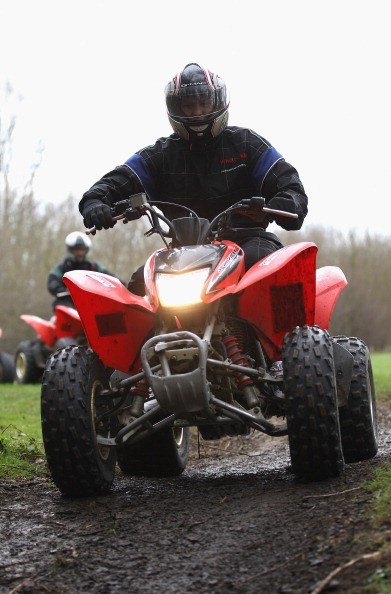
Kids are at risk when they ride all-terrain vehicles. More children die in the United States riding ATVs than riding bicycles each year. The two biggest dangers are riding an ATV that is sized for an adult and not wearing a helmet, either of which can have deadly consequences.
Researchers from the University of Iowa examined the data on deaths involving ATVs that were reported to the U.S. Consumer Product Safety Commission (CPSC) between 1985 and 2009. On single factor, children riding adult-sized ATVs, was involved in 95% of the deaths in those years.
"No matter how exceptional you believe your child or teen to be, minors do not have the cognitive or physical maturity to operate adult ATVs," said Gerene Denning, an author of the study and director of emergency medicine research at the University of Iowa Carver College of Medicine in Iowa City.
The found that the rate of children's deaths increased between 2001 and 2004. This may be due to heavier and faster ATVs being used more often in unsafe ways, Denning said. Children may not be large enough to balance an ATV by shifting their weight. A child's lighter weight may also make it easier to be launched out of the ATV if it hits a bump.
Children are involved in one in every three ATV-related deaths and visits to the emergency room, according to the CPSC. Most of these deaths and injuries occur when a child is driving or riding as a passenger on an adult ATV. Children under age 16 are twice as likely to be injured on adult ATVs as children riding youth ATVs.
The CPSC advises anyone who owns an ATV to take a hands-on safety course to learn how to control the vehicle. Training reduces the injury risk. No one should ride as a passenger on an ATV because they are designed to carry only one person. The driver should wear a motorcycle helmet, boots, goggles, gloves, and long pants. ATVs should not be driven on paved roads. They are made for driving off-road.



